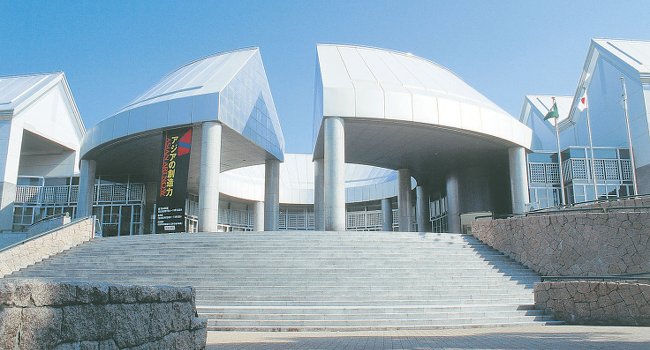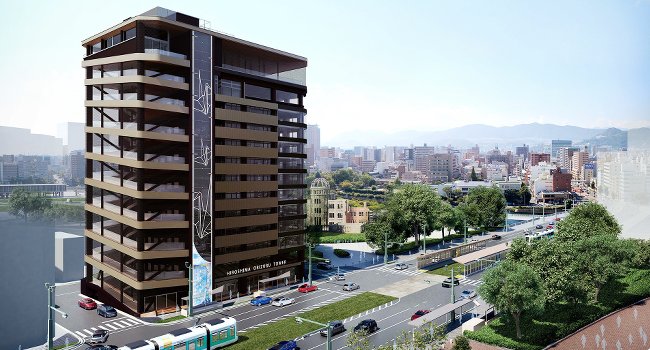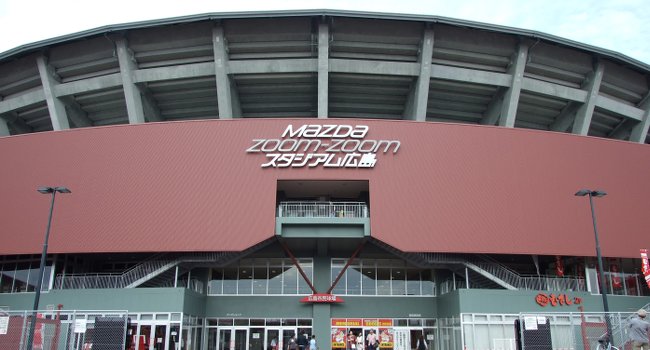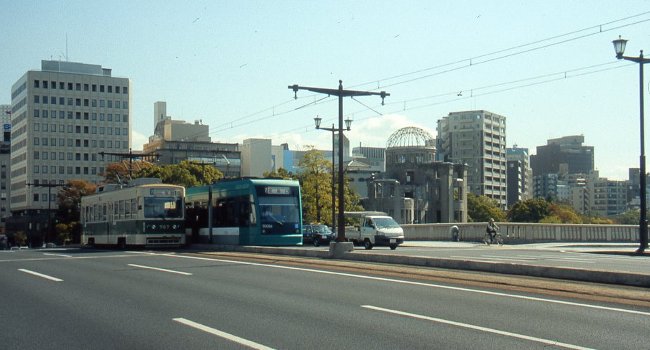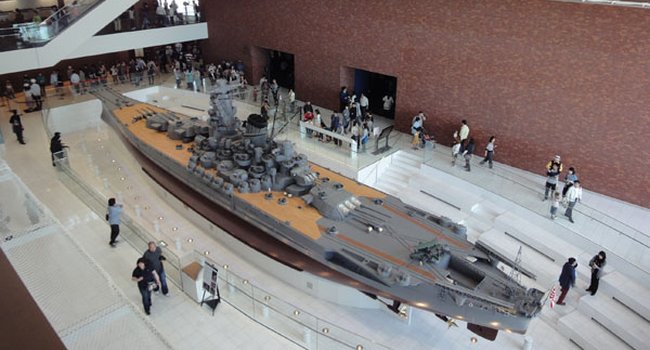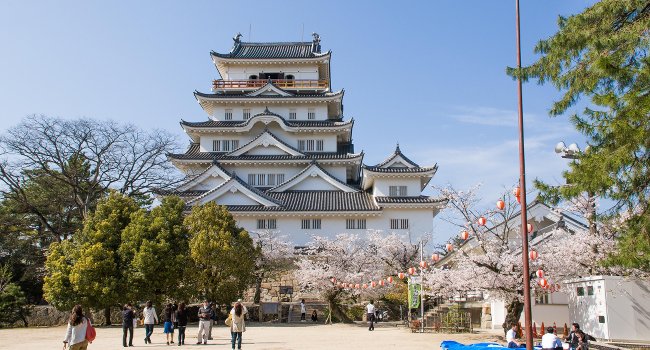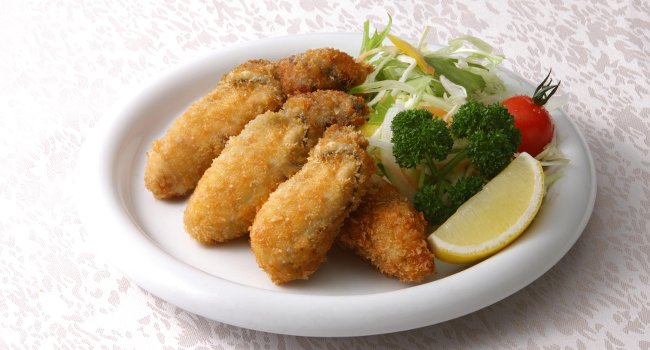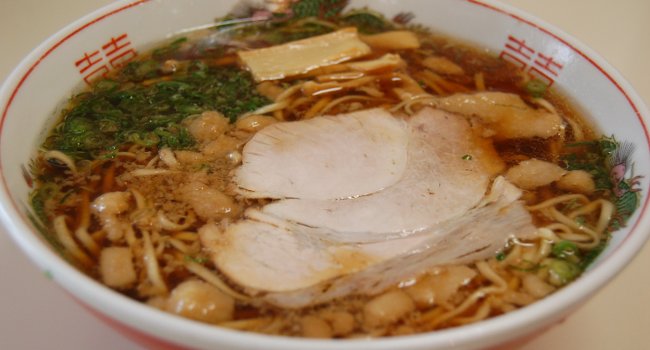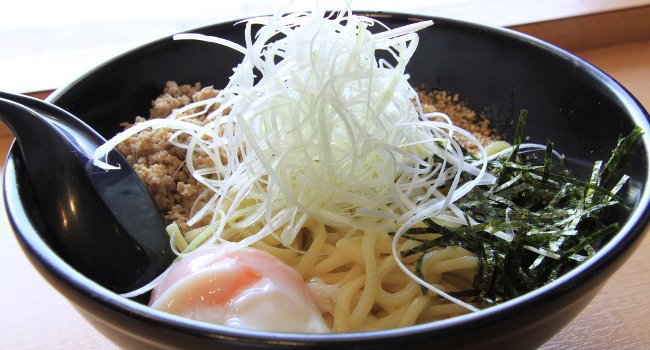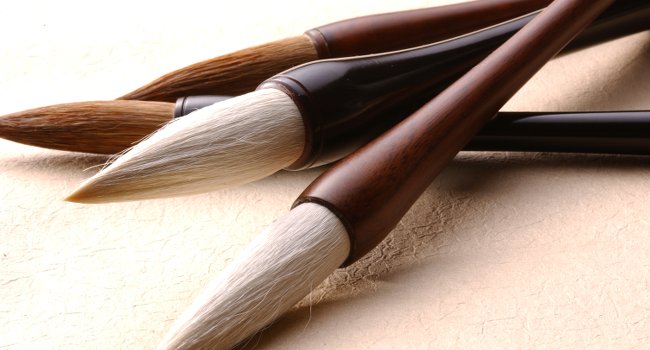Introduce
Access to Hiroshima
By Plane
Hiroshima Airport
- From Sapporo: 2 hrs.
- From Sendai: 1 hr., 35 min.
- From Tokyo (Narita): 1 hr., 40 min.
- From Tokyo (Haneda): 1 hr., 20 min.
- From Okinawa (Naha): 1 hr., 40min.
http://www.behiroshima.sakura.ne.jp/home/en/
Japan Airlines
![]() https://www.jal.com/index.html
https://www.jal.com/index.html
By Train
JR Group
- From Tokyo: 4 hrs.
- From Nagoya: 2 hrs., 17 min. (Nozomi)
- From Kyoto: 1 hr., 41 min. (Nozomi)
- From Shin-Osaka: 1 hr., 22 min. (Nozomi)
- From Hakata: 1 hr., 2 min. (Nozomi)
- From Kumamoto: 1 hr., 48 min. (Sakura)
- From Kagoshima: 2 hrs., 34 min. (Sakura)
By Bus
Hiroshima Sightseeing Loop Bus “Maple Loop”
http://www.chugoku-jrbus.co.jp/teikan/meipurupu/en/
Transportation within Hiroshima Prefecture
JR, Hiroden (streetcar), Astramline, Bus, Taxi and Ferry
http://visithiroshima.net/plan_your_trip/transportation.html
Details of Hiroshima tourist information
 Itsukushima Shrine
Itsukushima Shrine
Itsukushima Shrine was built by Taira no Kiyomori in the 12th century. It was designated a UNESCO World Heritage site in 1996. [ Photo: Hiroshima Pref. ]
 Hiroshima Peace Memorial Museum
Hiroshima Peace Memorial Museum
Hiroshima Peace Memorial Museum opened in 1955 with the goals of conveying the destruction caused by the atomic bombing to the people of the world and contributing to the abolition of nuclear weapons and the realization of everlasting peace. [ Photo: Hiroshima Pref. ]
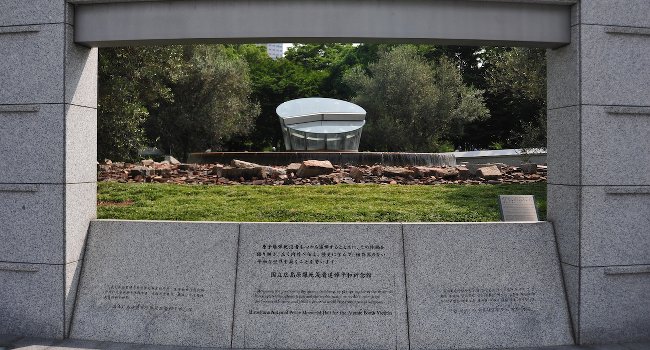 Hiroshima National Peace Memorial Hall for the Atomic Bomb Victims
Hiroshima National Peace Memorial Hall for the Atomic Bomb Victims
The National Peace Memorial Halls for the Atomic Bomb Victims in Hiroshima and Nagasaki are an effort by the Japanese national government to remember and mourn the sacred sacrifice of the atomic bomb victims. They are also an expression of Japan’s desire for genuine and lasting peace. [ Photo: Hiroshima Pref. ]
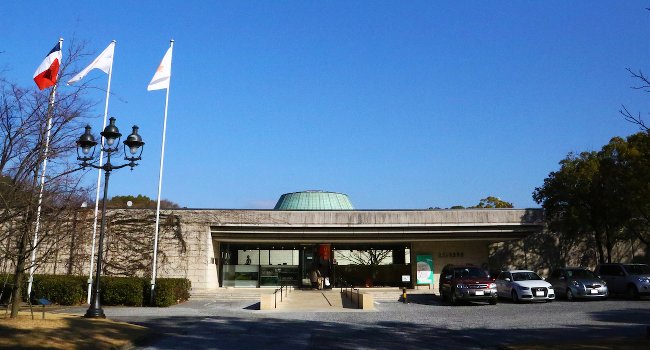 Hiroshima Museum of Art
Hiroshima Museum of Art
Foreign works of the mid-19th century from the Romantics to Ekorudo Paris, has a collection of over Japan modern art collection to the modern from the Meiji. [ Photo: Hiroshima Pref. ]
 Hiroshima Prefectural Art Museum
Hiroshima Prefectural Art Museum
The Hiroshima Prefectural Art Museum is located in the heart of the city next to Shukkeien, a garden known for its scenic beauty. [ Photo: Hiroshima Pref. ]
 Shōtōen
Shōtōen
With the rapidly flowing tides of the Seto Inland Sea in the background, the verdant Shōtōen garden offers a rich, relaxing environment featuring pine trees. [ Photo: Hiroshima Pref. ]
Foods of Hiroshima
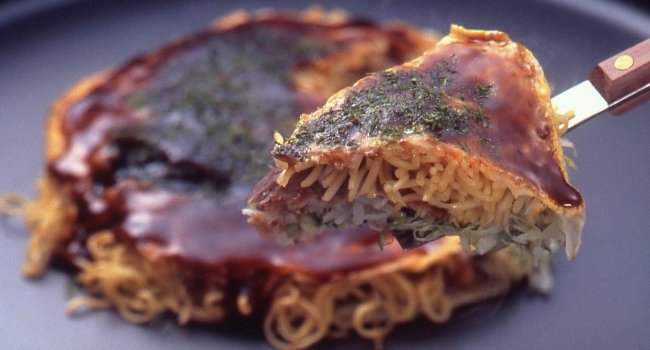 Hiroshima Okonomiyaki
Hiroshima Okonomiyaki
About 2,000 shops in the city and its environs serve this local specialty. [ Photo: Hiroshima Pref. ]
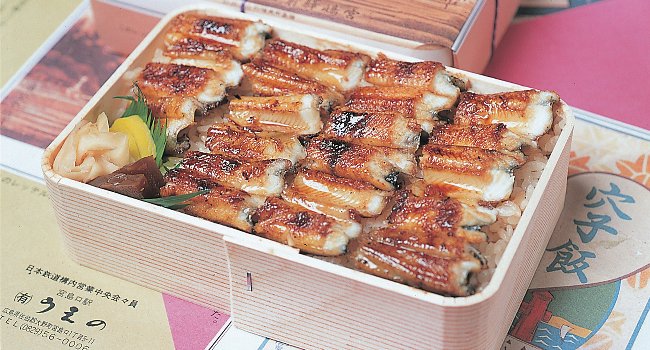 Anago Meshi
Anago Meshi
Anago meshi (broiled conger eel on rice) was first created in 1901 by “Ueno” a shop located at Miyajimaguchi Station. Today it is famous throughout Japan. [ Photo: Hiroshima Pref. ]
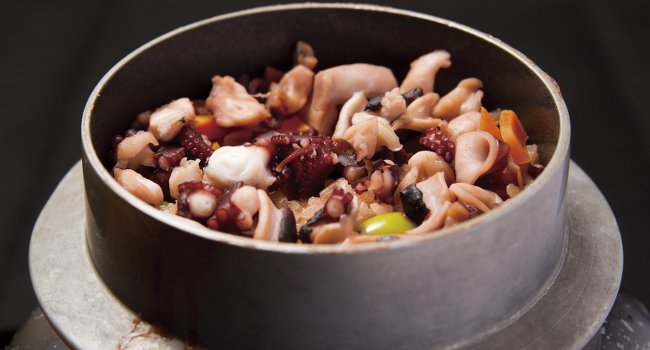 Octopus Cuisine
Octopus Cuisine
The Geiyo Islands in the Mihara area are known for the best octopus catch in Hiroshima Prefecture. At restaurants in Mihara you can enjoy octopus prepared in various ways including sashimi, tempura, takomeshi (octopus rice) with vinegared foods and octopus stew. [ Photo: Hiroshima Pref. ]
Hiroshima’s Local Specialties
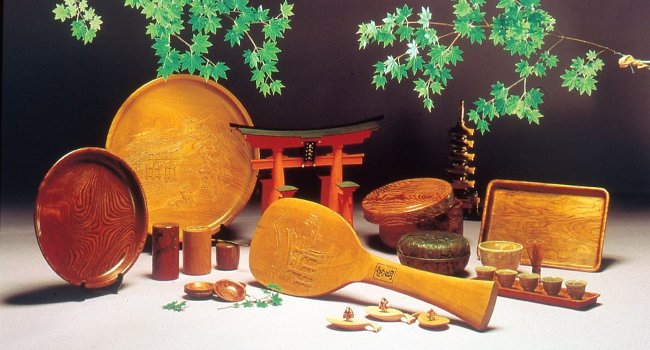 Miyajima Rice Scoop
Miyajima Rice Scoop
The Miyajima rice scoop was created around the end of the 18th century by the Buddhist priest Seishin, who got the idea for the scoop’s shape from the lute of the goddess Benzaiten. [ Photo: Hiroshima Pref. ]


